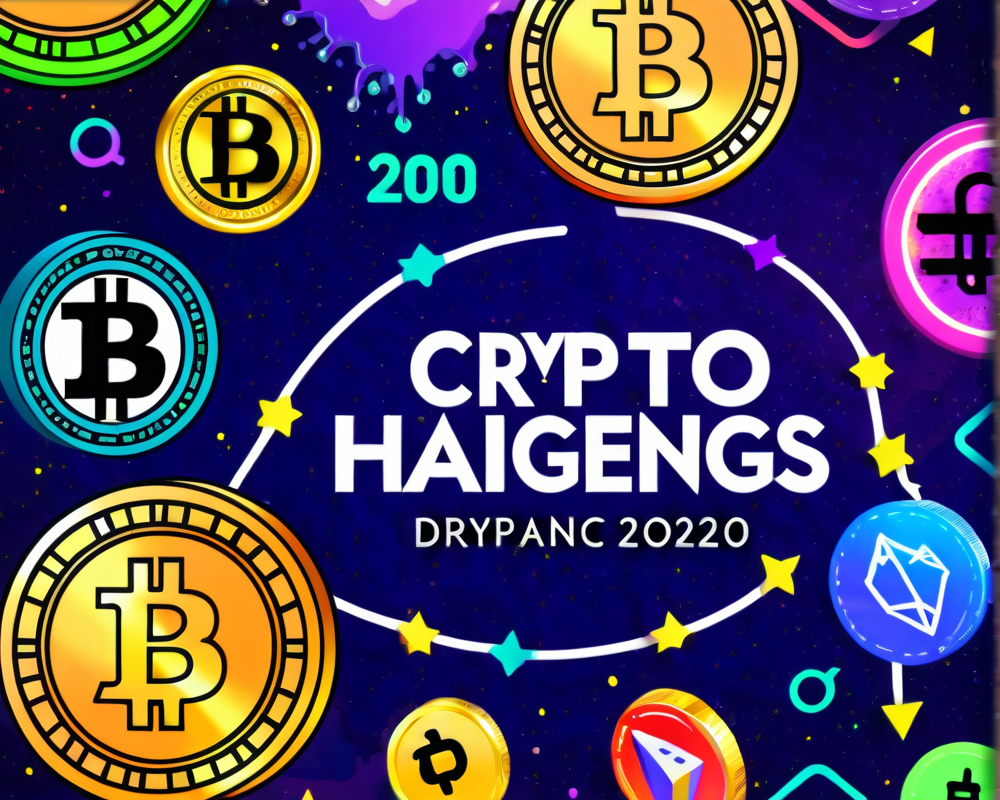Understanding the Campaign Reconciliation Project
In a bold move to tackle the pervasive issues in digital advertising, IBM and Salon Media are currently piloting a proof-of-concept (PoC) Blockchain product developed by AdLedger. This venture is known as “The Campaign Reconciliation Project,” and it aims to navigate the intricate web of advertiser, publisher, and consumer dynamics without the usual intermediaries that often contribute to fraud.
Why Blockchains? The Need for Transparency
Blockchain technology provides a secure, immutable ledger that allows for transparency across all transactions. This becomes crucial in digital advertising, where fraudsters have made their way into accounts, spitting out billions in losses. Last year, watchdog reports predicted digital advertisers could suffer a staggering $19 billion in losses due to fraud—a sum as jaw-dropping as your high school report card (and equally hard to explain).
- Bot Fraud: Automated programs posing as real users.
- Domain Spoofing: Misleading ad placements on domains already vetted by advertisers.
How the PoC Works
The Campaign Reconciliation Project aims to bridge gaps by recording contractual conditions, publisher payments, and fulfillment details in a shared system. As described, this ledger is not just a high-tech diary; it’s an immutable record that auditable parties can trust. It effectively acts as a detailed account book, where every tick and cross can be verified, leaving no room for discrepancies.
Industry Collaboration: A Recipe for Success
According to Chad Andrews, the global solutions leader of advertising at IBM, achieving a transparent digital advertising supply chain relies on the industry’s willingness to unite around a common cause. “We’re talking about a peer-to-peer network that every player—from advertisers down to agencies—can trust.” Sounds simple, doesn’t it? If only getting everyone to agree on dinner took as little effort!
The Bigger Picture: Two Blockchain PoCs in Development
But the efforts don’t stop at ad reconciliation. AdLedger is also hard at work on two additional Blockchain PoCs. The first focuses on managing a media campaign throughout its lifecycle using Blockchain, while the other seeks to ensure compliance with the General Data Protection Regulation (GDPR): because what could be less fun than transparency requirements?
Salon Media’s Controversial Twist
In another dimension of the digital advertising landscape, Salon Media ignited a fiery debate when it proposed allowing visitors to consent to access their “unused computing power” instead of viewing ads. In layman’s terms, it seems they were charmingly asking if they could mine cryptocurrencies using your computer without openly mentioning, well, the mining part. Talk about asking for a favor!
The Conclusion: A Future Unchained
As Blockchain technology continues to evolve, the promise it holds for the digital advertising industry is monumental. By eliminating intermediaries, reducing fraud, and ensuring transparency, this initiative could very well write a new chapter in how we view advertising.




